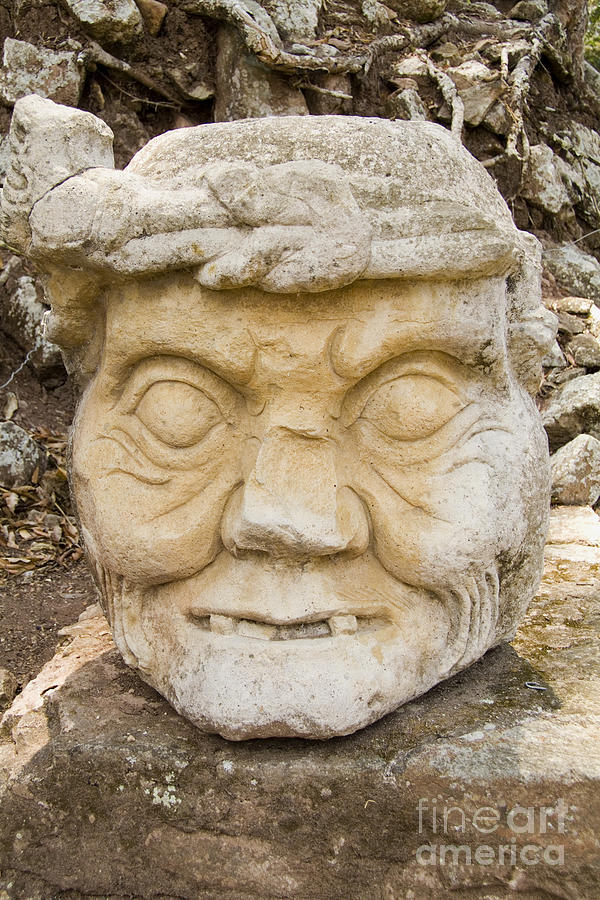The first time I remember learning about Hungary was from my
dad. No, it wasn’t a geography or social studies lesson where we sat around a
globe like a Norman Rockwell painting. No, it came in the form of the timeless
“dad joke.” See, the key proponent of dad jokes is the pun, as in Me: Dad, where’s Greece? Dad: Under my car.
Or this classic one: Me: Dad, I’m hungry.
Dad: Hi, Hungary. Now, can you say that in Hungarian? And then my education
just got better from there.
It’s widely believed that the name Hungary is stemmed from the Turkic words on-ogur, which means “ten arrows.” Before Hungary was united,
several nomadic tribes roamed these lands. The word Hunni, which refers to the Huns (yes, as in Attila the Hun), is
based on a Latin spelling. However,
the name the Hungarians give to their own county is Magyarország, or “land of
the Magyars.” According to important Hungarian historical accounts, Magyar was
the forefather of the Hungarians. Interestingly enough, Magyar’s brother Hunor
was thought to be an important ancestor of the Huns.
 |
| Lake Balaton |
Hungary lies in Eastern and Central Europe. A landlocked
country, it is surrounded by Slovakia to the north, Ukraine to the northeast,
Romania to the east, Serbia to the south, Croatia and Slovenia to the southwest,
and Austria to the northwest. The
famous Danube (as in “Blue Danube Waltz” by Austrian composer Johann Strauss II
whose paternal great-grandfather was a Hungarian Jew) runs through the country
and directly through the capital city of Budapest. The lesser famous Tisza River is also very important to
Hungarian geography. Lake Balaton
is the largest lake in Central Europe, which lies in the western region of the
country. Nearby Lake Hévíz is the largest thermal lake in the world. Because of
this, Lake Hévíz is thought to have medicinal properties beneficial to patients
with rheumatoid and other joint/muscle ailments.
 |
| 1956 Uprising in Budapest |
As I mentioned earlier, this land was originally inhabited
by several roaming tribes of people who later united themselves, and Hungary was
born in 895. It soon began to integrate itself into Western Christian Europe.
Hungary changed to a feudal state and adopted Latin as its official language
(which remained the official language until as late as 1844). Hungary has a
long and moderately complicated history of being invaded and counter-invaded by
a whole slew of people wanting to take over their land. For nearly 150 years,
the Hungarians engaged in battles with the Ottoman Empire during the 1500s and
1600s. These wars took a rather
dismal toll on the country, completely changing its make-up. During the
mid-1800s, the Hungarians battled it out with the Habsburg Empire, resulting in
a couple of years of instability due to a revolution. During the latter part of
the 1800s through the end of WWI, Hungary was part of the Austro-Hungarian
Empire. It was not small by any means: it was the second largest in area
(behind Russia) and third in population (behind Russia and Germany).
Austro-Hungarian soldiers fought alongside German soldiers in WWI and again
during WWII. After WWII, the
Soviets controlled Hungary in hopes of making it another communist state, an
extended hand of Russia. The Rákosi government in Hungary pretty much formed
itself as a clone to Stalin regime.
Hungary joined the Warsaw Pact in 1955, which was basically a peace
treaty among all the communist countries in Europe, and by the next year,
massive protests led to huge riots in Budapest known as the 1956 Revolution.
(There’s a lesser-known musical written by two members of ABBA called Chess, and part of the lyrics briefly
refers to this uprising.) After the fall of communism in 1989 and the breakup
of most of the Eastern Bloc, Hungary did exert itself upon the open markets and
have its first multi-party elections. There has certainly been some turmoil and
periods of instability, but they are working toward change; Hungary is still
trying to find more stable footing economically and politically.
Budapest is the capital and largest city in Hungary. In
fact, it’s one of the larger cities in the European Union. Originally a Celtic
settlement that became a Roman capital, the Mongols then came and tore it all
to pieces. After it was rebuilt, it became an important art and cultural center
in Europe. No matter who was
controlling the country at the time, Budapest remained an important global
city. The city as we know it was
actually three separate cities at one time: Buda and Óbuda on the western bank
of the Danube River and Pest on the eastern bank. When these cities were
unified, it became Budapest. Not only is Budapest a major center for Hungarian
government, it is also a center for higher education, the financial and banking
sector, tourism, performing arts, museums, fashion, media, and cuisine.
 |
| Peppers and paprika is very important to Hungarian cuisine. |
Although Hungary’s economy was pretty shaky after the
economic recession of 2008, it seems to have reached more stability today. It has been a member of the World Trade
Organization and the European Union for many years now, which helps economically
to a degree. The main industries
that drive Hungary’s economy are chemicals and pharmaceuticals, processed
foods, mining, metallurgy, textiles, and construction materials. Their
agricultural products tend to be a variety of grains and seeds, tuber
vegetables, meat, and dairy products.
Christianity has played a major role in Hungary’s history.
However, the denominations have changed throughout the years to include Roman
Catholicism, Lutheranism, Calvinism, and even Orthodox Christianity (which is
mostly practiced by some of the smaller ethnic groups). At one time, there were
a significant number of Hungarian Jews, but many escaped during WWII. There are pockets of other religions
practiced throughout the country, such as Jehoveh’s Witnesses and Muslims. Although the country itself declares no
official religion, less than half of the people believe in an existence of God,
and about 19% consider themselves atheist or agnostic.
 |
| Szia = Hi |
Ninety-nine percent of the people here speak Hungarian as a
first language with a very small percentage speaking it as a second
language. It’s a unique language
belonging to the Uralic language family. It’s unrelated to any language family
around it but is distantly related to Finnish and Estonian. Hungary does also
recognize several minority languages including Croatian, German, Romanian,
Serbian, Slovak, Slovenian, and Ukrainian. English and German tend to be the most popular foreign
languages studied in Hungary.
Hungary is widely known for its contributions to the
science, mathematics, and technology fields. Here’s a short list of influential
Hungarians in these fields: Wolfgang von Kempelen (speaking machine); János
Irinyi (noiseless match); Ányos Jedlik (electric motor); Donát Bánki and János
Csonka (carburetor); Tivadar Puskás (telephone exchange); Károly Ereky (coined
the word biotechnology); Albert
Szent-Györgyi (discovered Vitamin C, Nobel Prize winner in Physiology or
Medicine 1937); Kálmán Tihanyi (co-invented the cathode ray tube and completely
electric TV, later invented the thermographic camera and plasma TV); Loránd
Eötvös (discovered surface tension); Leó Szilárd (hypothesized nuclear chain
reaction which led the way to the atomic bomb, later came up with the nuclear
reactor and the electron microscope); Dennis Gabor (holography, Nobel Prize
winner in Physics 1971); László Biró (ballpoint pen); and Ernö Rubik (Rubik’s
Cube) among many others.
And all I can say is that I’ve already started cooking for
Hungary, because there are just too many great recipes to pass up.
Up next: art and literature


downaisletoaltar_1200.jpg)























.jpg)